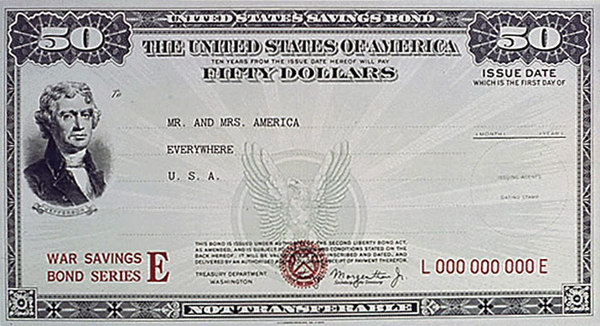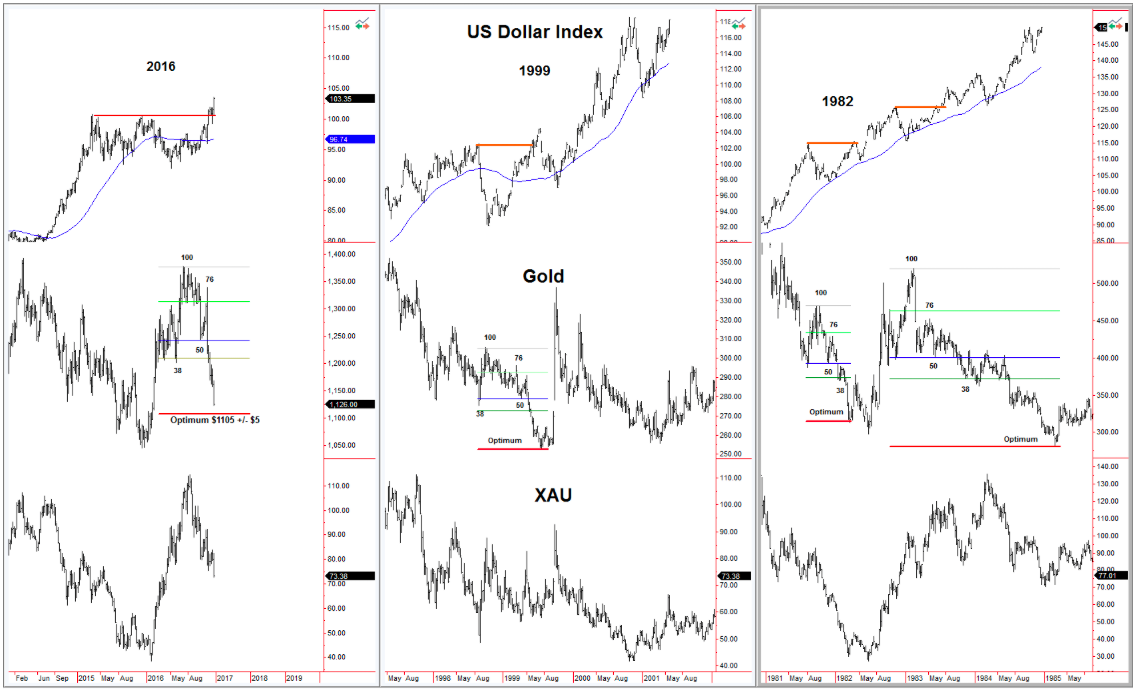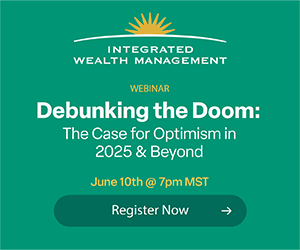Energy & Commodities
 Commodities are known as the raw materials for production processes. Investing in them provides investors with exposure to unique factors that historically have brought diversification and inflation hedging benefits to traditional portfolios. Nowadays, ETFs have expanded the availability of commodity investments providing exposure to single commodities and commodity-linked indexes. At the same time, ETFs have exposed investors to a new set of risk factors that may be unfamiliar to the average investor.
Commodities are known as the raw materials for production processes. Investing in them provides investors with exposure to unique factors that historically have brought diversification and inflation hedging benefits to traditional portfolios. Nowadays, ETFs have expanded the availability of commodity investments providing exposure to single commodities and commodity-linked indexes. At the same time, ETFs have exposed investors to a new set of risk factors that may be unfamiliar to the average investor.
This channel is designed to help you understand commodity ETFs, how they work, how they are built, their risks and their rewards, so that you can decide if commodity ETFs deserve a place in your portfolio.
…look at the complete list of ETF’s and their performance HERE
…related:
Canada’s Oil Exports Would Be Dead Without U.S. Shale Production


We are entering a phase of rising interest rates, so bond funds will do poorly. We are not yet at a stage where U.S. government bonds would default or be swapped. Therefore, my recommendation has only to do with rising rates. What you should do is stay short-term, like 90-day paper or less, be it corporate or government. This is just an interest rate play moving into 2018.
As we move into 2018....continue reading HERE
….related:


We continue to monitor the seventeen-year cycle in the US Dollar Index and its relationship with gold. Looking at gold since the Dollar bottomed in May, the patterns of 1999, 1982 and 1983-85 are a close match. The Fibonacci levels come into play in each instance.
The October 7th low at $1242 (labelled level 50 on the chart) was the last support before gold broke the May 31st low of $1199. It is deemed to become the midpoint of the eventual decline. The resistance level at 76% was a test of the previous support around $1310 during the summer. April and May become the 38% level in the pattern. The measured range for the downside move is $1105 +/- $5.

 Being “upside down” is usually a negative term when applied to financial matters, but multimillionaire Robert Shemin believes that sort of thinking is … well … upside down.
Being “upside down” is usually a negative term when applied to financial matters, but multimillionaire Robert Shemin believes that sort of thinking is … well … upside down.
Shemin, author of “How Come That Idiot’s Rich and I’m Not?” feels there are two positions when it comes to wealth: right side up and broke, or upside down and rich. Shemin prefers upside down. The best way to build and maintain wealth, maintains Shemin — once considered the “least likely to succeed”– is by breaking the rules you think and hear about when building wealth.
Following are eight rules worth breaking — in upside-down order — and what Shemin and other financial gurus have to say about them.
8. Before investing, learn enough so that you’re not going to make any mistakes
The problem here: Fear causes inaction, Shemin says. “Everything in life has a risk and a cost for doing it, and a risk and a cost for not doing it. Rich idiots focus on the risk of not doing something.” In his experience, most people don’t get started on stock market or real estate investing, or in estate planning, because they’re so scared of making mistakes, they’re overwhelmed.
“Of course you should expect to make mistakes when you start investing (or any time),” agrees Ramit Sethi, who writes the popular blog, IWillTeachYouToBeRich.com. “But if you start with small amounts, any mistakes won’t hurt you too bad. Plus, any mistakes can be mitigated by time.”
…continue reading 7 thru to 1 HERE
…related: The Way To Wealth By Benjamin Franklin













